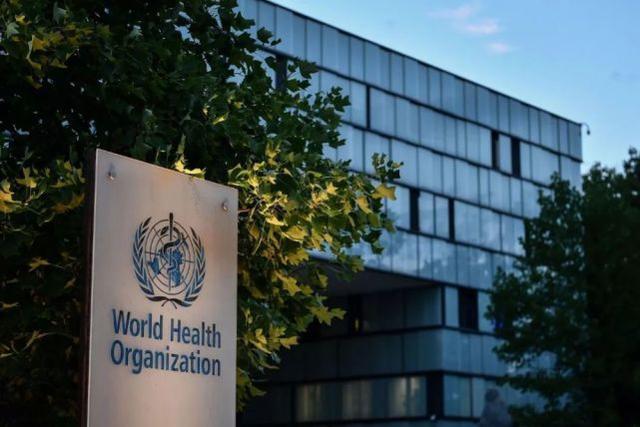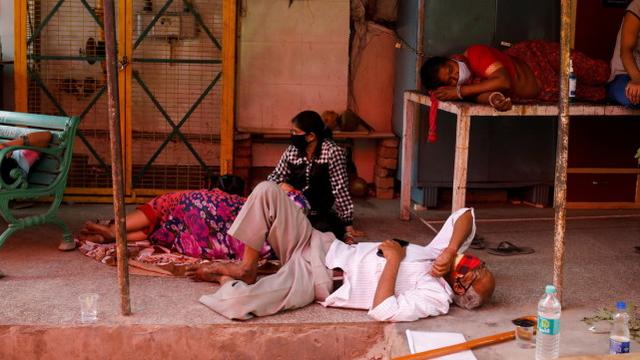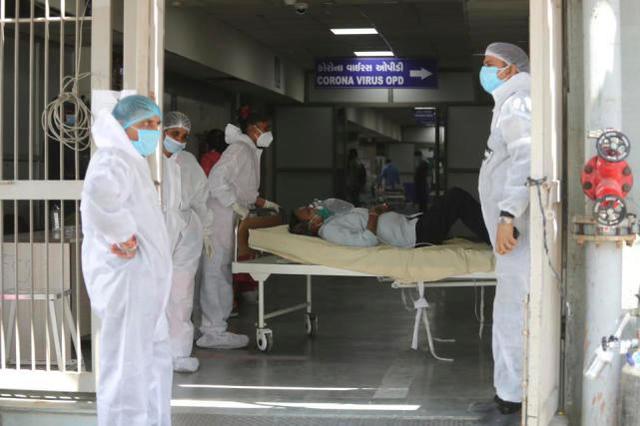India’s second wave of deadly Coronavirus outbreaks is the result of a “perfect storm” of mass gatherings, low vaccination rates and more contagious variants of the virus, the World Health Organization (WHO) said Wednesday.
The “tsunami” of new infections that has engulfed India in recent weeks has pushed the country’s health-care system to the brink of collapse. Speaking on Tuesday, WHO spokesman Tarrik Jaarevi warned against blaming the virus Variant and that India’s “complacency” played a role.
A new coronavirus strain, B1617, first discovered in India has two Variant and is considered more contagious, according to preliminary scientific judgments and the experience of front-line doctors, the report said.
“It is not clear to what extent these Variants have contributed to the rapid increase in cases in the country, as there are other factors, such as the recent large gatherings that may have contributed to the increase,” spokesman Jaarevi said. ”

The WHO also says India’s health care system is under unnecessary pressure because some people who could have recovered at home but went to the hospital in panic. Jaarevi stressed that only about 15 percent of Coronavirus patients need hospitalization and urged Indian authorities to effectively screen and divert patients to ensure that people get the treatment they need.
On Tuesday, India saw more than 300,000 new infections and 2,771 new deaths. However, health experts say the true death toll is much higher than officially announced, as populous states such as Uttar Pradesh and Gujarat have been accused of underestimating confirmed cases and deaths. In addition, many patients with symptoms are unable to be tested for the virus due to the overload of new coronavirus testing laboratories in cities such as Delhi.
Delhi’s new coronavirus testing rate continues to rise above 35 per cent, while doctors in Kolkata, West Bengal, which is still holding much-criticised state elections, report that the rate is close to 50 per cent.
WHO is also involved in international efforts to provide assistance to India. Director-General Tan Desai said 4,000 oxygen concentrators would be delivered to India and more than 2,000 experts would be redeployed in India to respond to the outbreak.
The Guardian says many fear that international aid sent to India will not be enough to fill its severe oxygen supply gap, which has affected hospitals in Delhi and Uttar Pradesh. However, Uttar Pradesh’s chief minister insisted there was “no shortage of oxygen”. He also threatened criminal charges if private hospitals “spread rumours of hypoxia”.

On Monday, Australia said it would suspend direct flights with India until at least May 15 because of rising infections. Thailand, Bangladesh, Singapore and the UK have also imposed restrictions on air travel from India.
In Delhi, dozens of piles of wood from cremated bodies were set ablaze in the parking lot of a makeshift crematorium, and smoke billowed. “People are just dying, dying, dying,” Jitender Singh Shanty, who coordinates the cremation of about 100 bodies a day in the eastern part of the city, told AFP. If there were more bodies, we would be cremated on the road. There is no extra space here. ”



